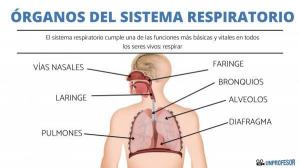Gene flow: definition and examples
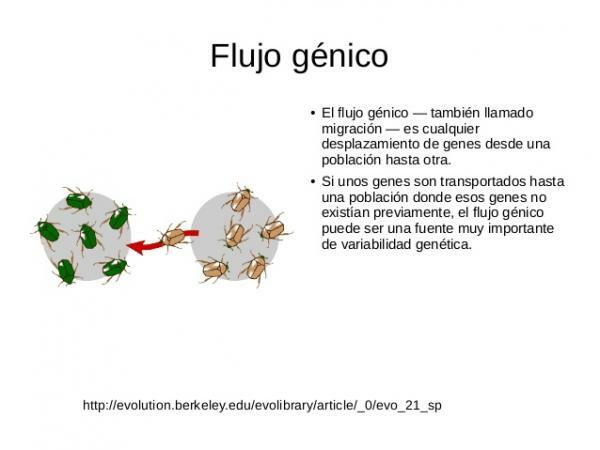
Image: Slideshare
The gene flow, gene flow or gene migration It is a process whereby the alleles or allele frequency of one population is transferred to another, but what exactly does that mean? Throughout history, different authors have tried to explain how the flow of genes between populations and find a model that perfectly describes how it occurs in the nature.
So what does gene flow have to do with the emergence of new species? What is a species and how does it appear? Do all species appear the same? In this lesson from a TEACHER we will try to answer these and many other questions by discovering the definition and examples of gene flow.
Index
- What is gene flow or gene flow?
- Gene flow and the appearance of species
- Gene flow examples: the models
What is gene flow or gene flow?
To understand the definition of gene flow well, we have to start with the definition of the genetic population. In genetics, a population as a group of organisms of the same species, capable of reproducing with each other and sharing the same habitat. To give you an idea, human beings from different cities can be considered individuals from different genetic populations since they are of the same species (humans) and share the same habitat (a city, such as Madrid or Paris).
The individuals of a population have certain alleles o allele frequency (a proportion of certain alleles of a gene), which can change over time if any or all of the situations described by the Hardy-Weinberg law occur: selection, mutation, drift and gene flow.
The gene flow it is not more than the flow or transfer of alleles or allele frequency from one population to another or between two or more populations reciprocally. Normally this flow of alleles occurs because one population travels to the "territory" or habitat of another and reproduces with the individuals that live there. In this case we can distinguish two populations: donor population (that donates alleles, that is, that introduces them into the population that resided there) and the recipient population (which receives the alleles that have been introduced by the new population that has traveled to its habitat).
Imagine that a population of ten Madrid men goes to live in Paris, where they reproduce with ten women Parisians: in this case the donor population would be the ten men from Madrid and the recipient population would be Paris. If some children of these couples returned to Madrid, the recipient population would also become the recipient and would be a gene flow in both directions.
Normally, population genetics deals with animal populations since populations must be composed of individuals that come from parents belonging to the same population, which is not the case in human populations and, although it is rare in natural animal populations, can occur.
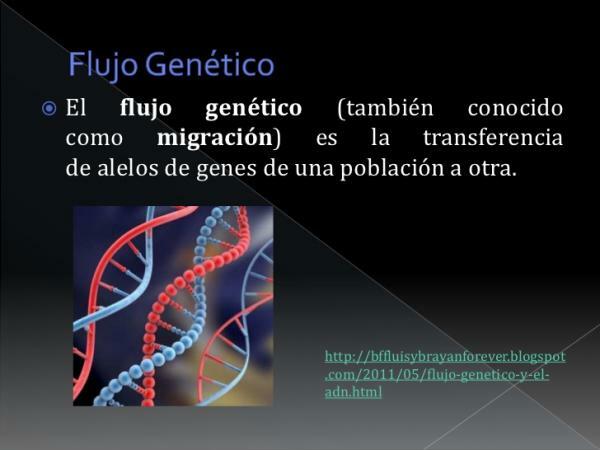
Image: Slideshare
Gene flow and the appearance of species.
The Hardy-Weinberg law determines that the processes of selection, mutation, drift and gene flow have the capacity to change alleles or frequencies of these within a population and therefore, gradually transform the populations. Along with selection, mutation, and gene drift, it is said gene flow is an evolutionary force since it causes populations to change, little by little, and alleles that may be better adapted to the habitat of a population are introduced or made more common. By introducing this allele, better adapted to that habitat, it will be more successful and more and more descendants will have it.
Imagine that this happens with many, many genes, thousands of them. When many years pass, the population we have will be completely different from the one we had at the beginning, with the "original alleles", less adapted to that habitat. If the new population is so different from the original population that, if they were to unite, they would not be able to reproduce and give fertile offspring, we would be facing a new species.
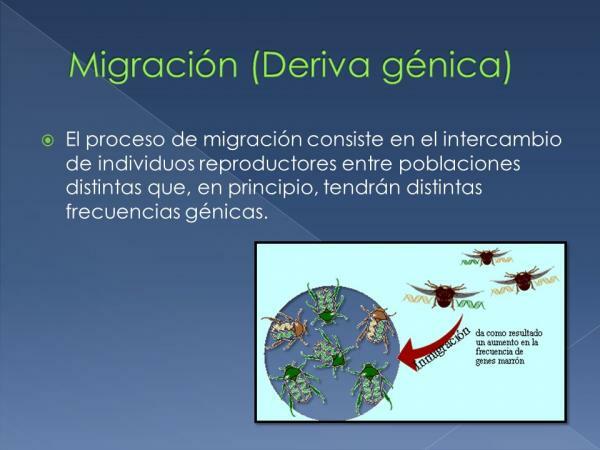
Image: SlidePlayer
Examples of gene flow: the models.
Throughout history, there have been three major models that have prospered: the island model, the neighborhood model or isolation by distance and the stepping-stone model in English).
The island model
Introduced by Wright in the 1950s, it exposes that different populations (in theory infinite) differ thanks to gene mutation and drift. Furthermore, these populations are more or less similar in size (there is no population that can be differentiate as "original" or as "majority") and therefore exchange migrants more or less in the same amount.
This variant of the model is called infinite islands model and it seems that it is more assimilated to natural conditions although no species has been described that, under conditions shows this type of gene flow (populations of the same size must occur, with a migration rate Similary). Imagine many islands, within an ocean, inhabited by a kind of small birds. For every bird that arrives on an island and reproduces (donor), another bird will fly to another island (which may be the one that the donor bird came from or another) and reproduce.
The isolation model by distance or neighborhood
It proposes that a population is surrounded by individuals from another population and that the gene flow, that is, the exchange of alleles, will be greater the closer these "neighbors" are. In this case, there is no physical barrier that limits the exchange, but rather the increase in distance. between individuals, which conditions the exchange of alleles (we are in a continuous habitat, not fragmented).
In this case we imagine a population, for example, of trees, which disperse their pollen through the air to reproduce; the arrival of pollen from a donor population to a recipient will be greater the closer it is find and only when there are "great winds" will pollen from a donor population reach a distant recipient.
The cornerstone model
It combines concepts from the previous two. This model shows that the populations are arranged in islands, united by migration, but this does not occur in an egalitarian way, but rather that it will be greater among the nearest islands. In the example of the birds proposed for the model of infinite islands, it is logical to think that the birds will preferably travel to islands that are closer to each other than those that are further away.
Keep in mind that these three models are patterns, that is, they are not a real and exact representation of the evolution of any population in general. Therefore, today, there is not one of them that is clearly more valid compared to the others in all situations (the stone model Angular is believed to better describe populations of colonial animals but is not adequate to describe gene flow between all populations).
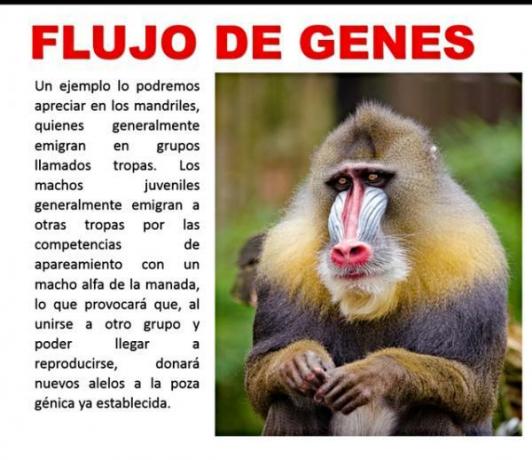
Image: Steemit
If you want to read more articles similar to Gene flow: definition and examples, we recommend that you enter our category of biology.
Bibliography
- Uvigen (June 4, 2003). Population genetics: migration. Recovered from http://uvigen.fcien.edu.uy/utem/Popgen/popmig.html
- Gelambi, M. Lifeder. (s.f). Gene flow: mechanism, consequences and examples. Recovered from https://www.lifeder.com/flujo-de-genes/
- Planter, E. TO. (2007). Gene flow: methods to estimate it and molecular markers. Molecular Ecology. Semarnat-Ine-UNAM-Conabio, 49-61.

